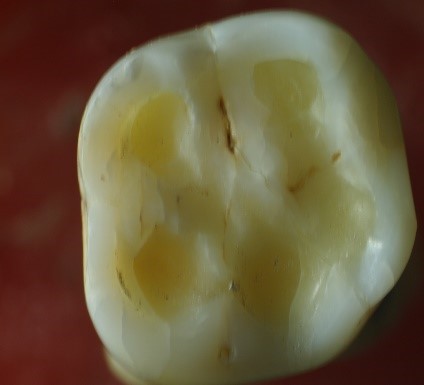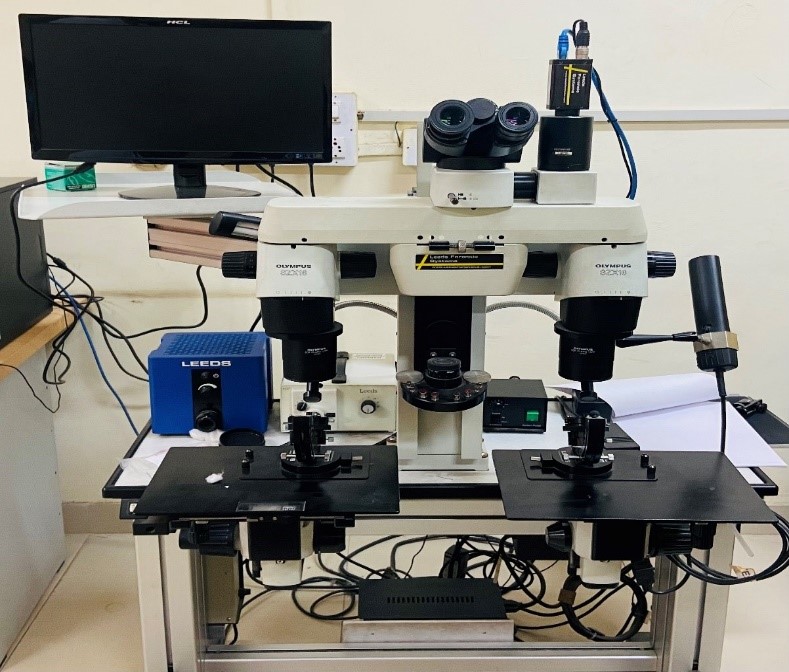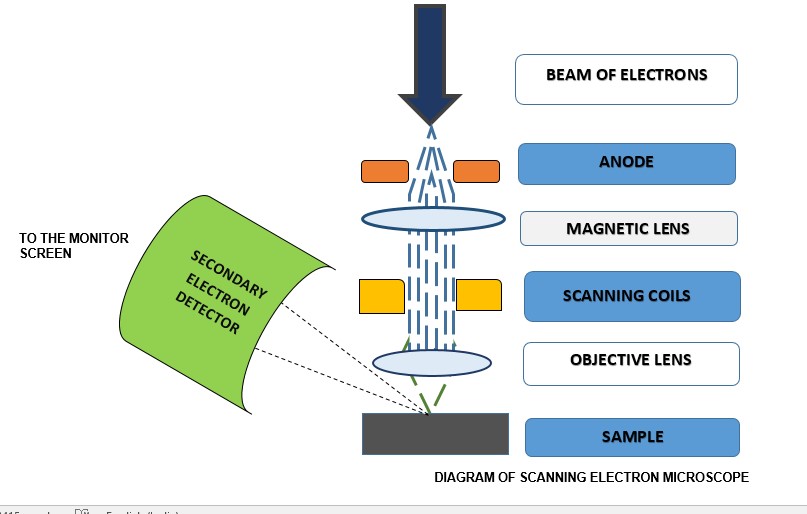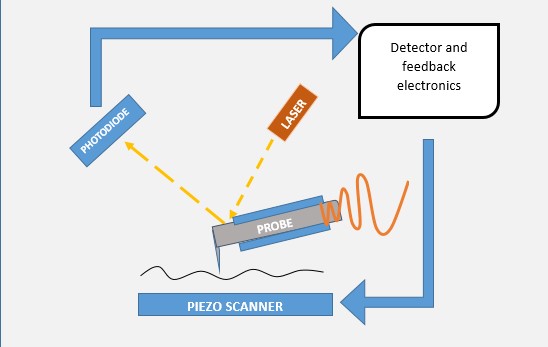
Figure 1: Various Microscopes used in Forensic Odontology
TRAIT/ FEATURE |
METHOD |
MICROSCOPE USED |
Age Estimation |
Cemental Annulations: Longitudinal section of teeth shows dark band (Incremental lines of Salter) expressing the end phase of mineralization with alternate white band. This expression of altered dark and light band is due to change in orientation of bundles of collagen fibers. Combination of an alternate light and dark band is considered as one annulation which when counted microscopically can aid in age estimation. [5] |
Light Microscope, Phase contrast microscope Polarizing microscope
Stereomicroscope
Stereomicroscope
Transmission Electron Microscope |
.Sex Determination |
Bar Body in dental pulp: Females have XX chromosomes. In order to prevent transmission of unnecessary information to next generations, one of two X chromosome in inactivated in somatic cells via Ionization. Histologically it can be seen as darkly stained basophilic round to oval body exclusively seen in females. It can be detected in pulp cells. [9] |
Fluorescent Microscope
Fluorescent Microscope |
Cheiloscopy – |
Study of pattern formed by creases and grooves on the surface of lip is called as cheiloscopy. Being unique to every individual, it can serve as an effective tool in determination of personal identity, race & gender. Commonly found in sexual assault cases, murders, child abuse, domestic violence cases etc. |
Stereomicroscope |
Dental Anthropology |
Special morphological characteristics of tooth : presence of cusp of carabelli, hypocone, protostylid, shovelling of incisors, variation in size and shape, pathologies, wear patterns helps in identifying the ethnicity of an individual.[11]
|
Light Microscope |
Pink Tooth Phenomenon |
It denotes cadaveric decomposition and microscopically can be detected in H & E stained decalcified sections by presence of haemoglobin in dentinal tubules, saturated with carbon Dioxide. [12]
|
Compound Microscope |
Rugoscopy |
Palatal rugae once formed, only increases in length. Due to its hard structure, it can withstand severe trauma & burns as it is shielded by lips and cheeks. Therefore, it can be used in mass disasters like plane crash accidents, floods, fire accidents etc. for determining personal identity, gender and ethnicity of an individual/ cadaver. It can be used in forensic cases in which finger print and lip print cannot be utilized due to decomposition and incineration.[13] |
Stereomicroscope |
Bite Mark Analysis |
A bite-mark refers to an indentation on skin or any substance caused by a bite which in itself is a dynamic process determined by shape and size of dental arch and teeth, motion of muscles, pressure and intention of biter. |
Stereomicroscope |
Ameloglyphics |
Enamel rods end on the tooth surface at different levels and in different directions, resulting in specific patterns on the tooth surface. The study of these enamel rod end patterns is known as ameloglyphics. Their study under electron microsocpe determines the uniquness of this pattern in relation to gender as well as type of dentition i.e. primary and permanent. [15] |
Scanning Electron Microscope |
Tongue Print |
Tongue is dynamic organ with unique features which can be of utmost importance for identification on the basis of size, shape, texture, type and pattern of grooves on the dorsal surface of tongue has proved to be beneficial in gender identification. Various studies have shown females tend to have a sharp tip at the apex, while men have septate tip.[16] |
Stereomicroscope, |
Microbial Analysis Of Biofilms- Bio imaging |
TEM is used in identification of morphological characteristics of bacteriophage. |
Transmission Electron Microscope |
Neonatal Line |
It is a hypo-mineralized structure present on the surface of enamel of all primary and permanent first molars & marks live birth. In the field of forensic odontology, it can be used as an evidence of live birth against still birth in cases of neonaticide. |
Compound Microscope |
Diatoms |
In case of drowning, directing the case study by determining the location and characteristics of diatoms which are single celled algae with transparent membrane containing opaline silica. Also helps in reviewing biomineral formation in diatoms. [19] |
Atomic Force Microscope |
Forensic Entomology |
It is a branch of forensics that helps in estimating the Post Mortem Interval (PMI) by identifying the larva and eggs of insects and other arthropods found on the corpse during the early and late stages of decomposition. Microscope like SEM can help in visualising the morphological changes occuring throughout the life cycle of insect and therefore adequate knowledge of the cycle can help in determining the PMI.[20] |
Scanning Electron Microscope |
Forensic Anthropology |
Mandible being a strong bone can withstand harsh conditions and trauma. In anthropological studies mandible along with coated teeth have been studied for indicating possible cause of death.[11] |
Scanning Electron Microscope |
Food Composition Analysis |
To identify and characterize food elements which can be found in the form of dried vomit deposits on the clothes, any food deposits from the soil or site of interest. |
Polarizing Microscope |
Table 1 : Characteristic features of ear [63]

Figure 1: Various Microscopes used in Forensic Odontology

Figure2: Phase Contrast Microscope- Schematic Diagram

Figure3: Fluorescent Microscope- Schematic Diagram

Figure 4: Stereomicroscopes- Types and Schematic Diagram

Figure 5: Polarizing Microscope- Schematic Diagram

Figure 6: Stereomicroscopic image of Molar tooth showing attrition facets on occlusal surface. (Courtesy- Dr. Harita Paghadal, PG student, GDCHA)

Figure 7: Comparison Microscope

Figure 8: Scanning Electron Microscope- Schematic Diagram

Figure 9: Atomic Force Microscope- Schematic Diagram
Tables at a glance
Figures at a glance